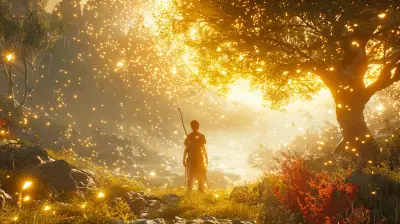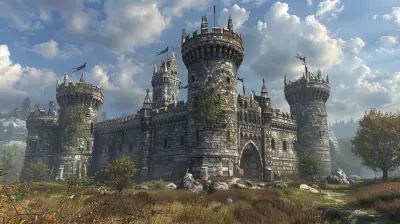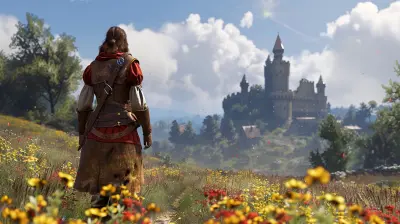The Rise of Steam Curators: Do They Really Matter?
29 July 2025
If you’ve ever browsed through Steam’s sprawling digital game storefront, you’ve probably come across the term “Steam Curators.” If not, let me introduce you to one of the most fascinating (and arguably underrated) features of the gaming world. Steam Curators are like your friendly neighborhood game reviewers, but instead of shouting their opinions from the rooftops, they curate personal lists of game recommendations directly on the Steam platform. Sounds cool, right? But here’s the million-dollar question: do Steam Curators actually matter? Let’s dive in and figure it out together.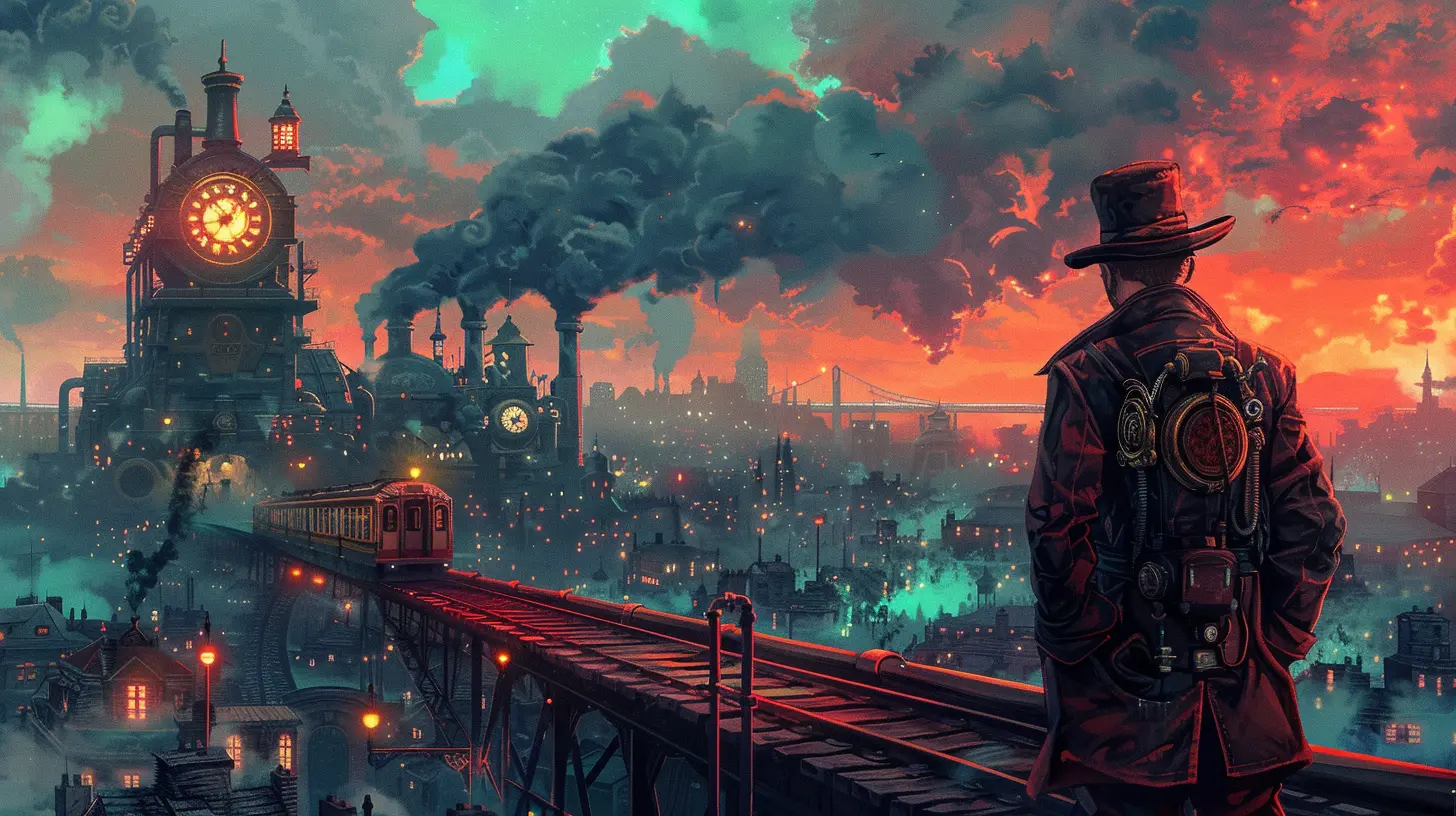
What Are Steam Curators?
Before we get into the nuts and bolts of their impact, let’s break down what Steam Curators even are. In simple terms, a Steam Curator is an individual or group who creates recommendation lists for games on Steam. Think of them as your guide in a massive digital jungle of games. Some curators focus on niche genres (indie horror games, anyone?), while others spotlight trending titles, hidden gems, or even themes as specific as “games you can play in under an hour.”Curators attach short reviews or insights to their recommendations, offering a personal touch to what might otherwise feel like scrolling through an endless catalog. Whether they’re praising a pixel-art masterpiece or warning you to steer clear of a bug-riddled flop, their opinions can hold weight—depending on who’s looking.
How Curators Came to Be: A Quick Flashback
Steam introduced the Curator system back in 2014 as part of its Discovery Update. The goal? To help gamers navigate the overwhelming variety of titles on the platform. Picture this: with tens of thousands of games available, finding the perfect match for your taste sometimes feels like finding a needle in a haystack.Valve (the parent company of Steam) wanted to make it easier for users to discover games tailored to their interests. And the answer wasn’t more algorithms—it was curation by real people. By adding this feature, Valve essentially crowdsourced recommendations, letting gamers rely on those who share similar likes and dislikes rather than a cold, faceless search engine.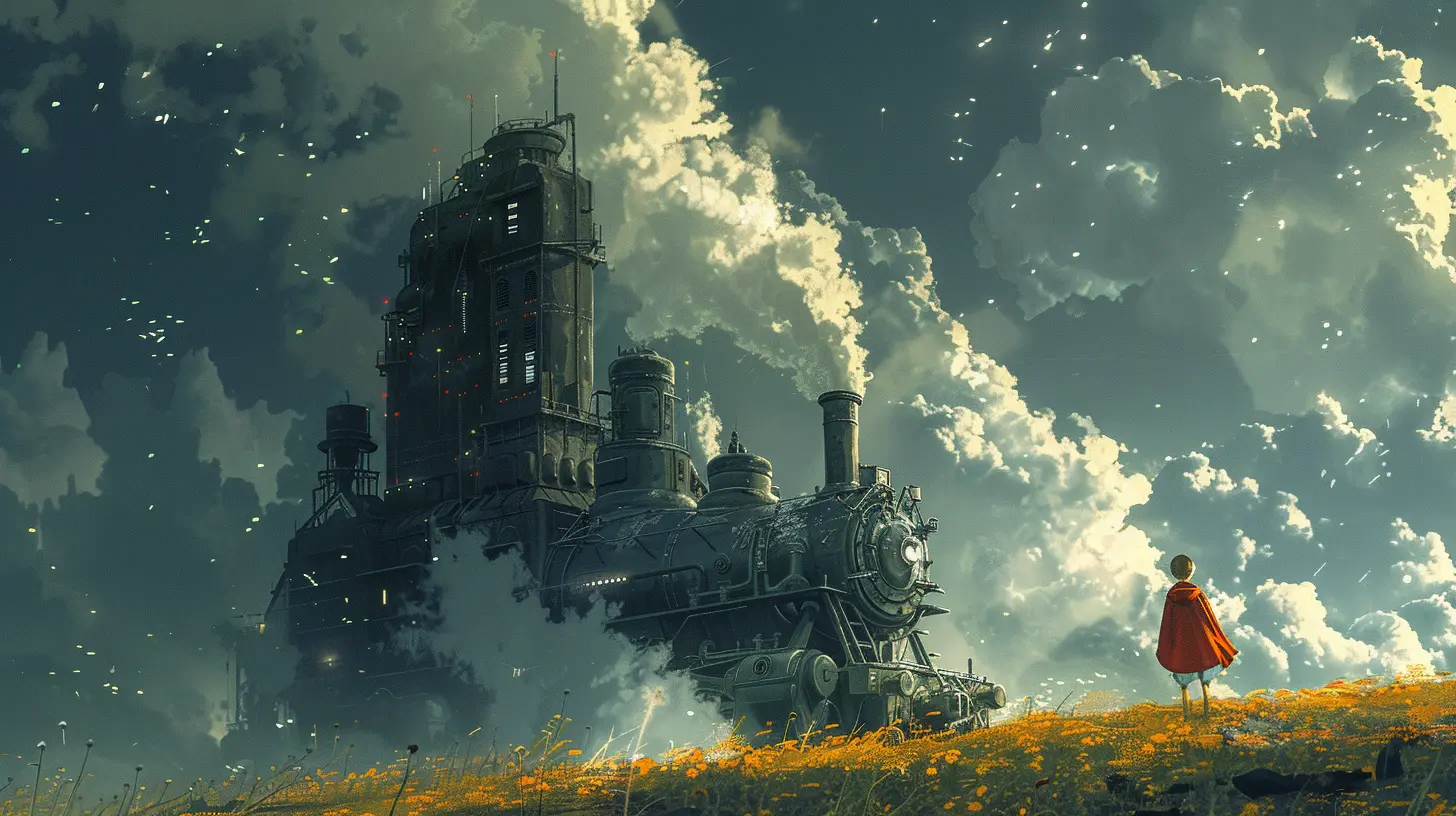
Why Steam Curators Matter (Or Do They?)
Okay, we know what Curators are and how they came to life. But do they actually matter in the grand scheme of things? Well, let’s break it down.1. Personalized Recommendations in a Sea of Options
Have you ever gone to Netflix, spent 20 minutes scrolling through options, and then ended up rewatching a show you’ve already seen? Yeah, the same paralysis happens on Steam. It’s just too much. Steam Curators can cut through this noise.For example, let’s say you’re obsessed with cozy farming simulators like Stardew Valley. Following a curator who specializes in wholesome relaxation games can save you hours of searching. They’ve already done the legwork to find similar titles, so you don’t have to.
This kind of personalized touch is where Curators shine—they’re not just random star ratings. They’re based on genuine impressions and specific knowledge, making them invaluable for gamers who know what they like (or want to try something new but don’t know where to start).
2. Building Trust and Community
Let’s get real: gamers are a passionate bunch. We crave connection, whether it’s through multiplayer games, forum discussions, or, yes, following Steam Curators who share our vibe. Over time, as a curator consistently nails recommendations for your tastes, you start to trust their judgment.Some popular curators even feel like mini-celebrities. They interact with followers, respond to comments, and foster a sense of community. This isn’t just about recommending games—it’s about creating relationships. And for indie developers, this connection can be a lifeline when trying to reach their ideal audience without spending big marketing bucks.
3. Amplifying Indie Games
Let’s face it: not every game on Steam has the marketing muscle of Call of Duty or The Witcher. Smaller indie titles often get buried under the weight of blockbuster releases. But here’s where Curators step in as unsung heroes.A well-known curator spotlighting an obscure indie game can literally change the trajectory of that game’s sales. Think about it—when someone with hundreds of thousands of followers backs a hidden gem, it’s bound to get noticed. For indie developers, this kind of exposure can mean the difference between success and complete obscurity.
4. Shedding Light on Niche Genres
Steam Curators don’t just help with indie games; they’re also champions of niche genres that mainstream media might overlook. Whether you’re into hardcore simulation games, text-based mysteries, or retro-inspired platformers, there’s probably a curator out there who loves them as much as you do.This diversity is a big deal because it allows gamers to find communities and content tailored to their specific interests. And let’s be honest, it’s refreshing to scroll through reviews that genuinely “get it” instead of generic feedback like, “This game was okay, I guess.”
5. Offering Honest (and Sometimes Brutal) Feedback
Unlike traditional media outlets or influencers who might have sponsorship deals to consider, many Steam Curators are fiercely independent. They’re not afraid to call out buggy ports, bloated microtransactions, or plain bad gameplay.Is this brutal honesty a double-edged sword? Sure. A negative review from a credible curator could decimate a game’s reputation. But it’s also a wake-up call for developers to improve their product. In this sense, Curators act as the first line of defense for gamers, holding developers accountable.
The Flip Side: Do Steam Curators Have Limitations?
Of course, like any system, Steam Curators aren’t perfect. For one, not all curators are created equal. While some take their role seriously—testing games thoroughly and offering thoughtful commentary—others just slap together lists for clout. As a result, the quality of recommendations can be hit or miss.Additionally, the Curator system heavily depends on visibility. Smaller, lesser-known curators might have fabulous recommendations, but if their audience is tiny, their impact is limited. It’s kind of like shouting into a void. And let’s not forget Steam’s own algorithms, which still dominate how games are discovered; Curators are more of an added layer than a revolutionary system.
So, Do They Really Matter?
The short answer? Yes, but with caveats.Steam Curators fill an important gap in the gaming ecosystem. They bring a personal, human touch to a marketplace that can often feel overwhelming and impersonal. Their ability to foster trust, highlight indie games, and champion niche genres makes them incredibly valuable to both gamers and developers.
That said, they’re not a one-size-fits-all solution. They work best when you find a curator whose tastes align with your own. Think of it like finding your favorite food critic—someone who just gets what you like and steers you toward delicious choices.
The Future of Steam Curators
As the gaming industry continues to grow, so will the need for services like Steam Curators. With features like video reviews, livestreams, and more personalized recommendations possibly in the pipeline, the potential for curators to shape the gaming experience is enormous.Maybe one day, Steam Curators will even rival traditional influencers in terms of impact. Who knows? For now, their importance is clear—they’re the bridge between gamers and an overwhelming sea of options. And honestly? That’s a pretty big deal.
Final Thoughts
Steam Curators might not be the most talked-about feature on Valve’s platform, but they’ve carved out an undeniably important niche. They’re the unsung heroes who help us get the most out of Steam’s massive library of titles. Whether you’re a gamer looking for your next obsession or a developer trying to shine a spotlight on your game, Curators are worth paying attention to. Sure, they’re not perfect. But in a digital world flooded with choices, a bit of curated guidance goes a long way.all images in this post were generated using AI tools
Category:
SteamAuthor:

Lucy Ross
Discussion
rate this article
1 comments
Kian Jacobs
Steam curators are like the cool friends who recommend the best games at a party! 🎮✨ Whether they matter or not, it's always nice to have someone steer us towards those hidden gems. Happy gaming!
August 7, 2025 at 3:45 AM

Lucy Ross
Thank you! That’s a great analogy—Steam curators indeed help highlight hidden gems and enhance the gaming experience for many players! Happy gaming! 🎮✨
